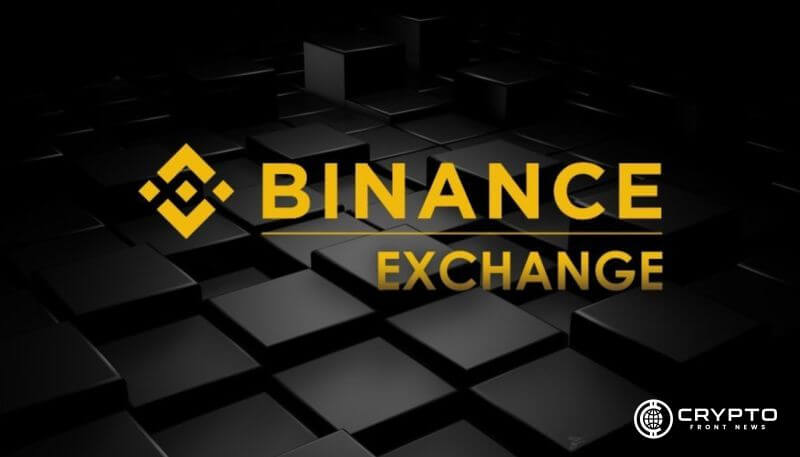- Binance reported a net inflow of $1.2 billion within 24 hours highlighting vigorous investor confidence amid market volatility.
- High volumes on Binance indicate its importance as a critical hub where all cryptocurrencies are traded even when there is stress in the market.
- Richard Teng says the recent decline in the market was caused by macroeconomic factors adding that current volatility is short-lived.
According to DefiLlama, Binance saw an influx of $1.2 billion within the last 24 hours alone which marks one of its highest single-day net inflows this year. This phenomenal surge reflects robust investor confidence not only towards Binance but also within cryptocurrency at large despite recent fluctuations.
Market Optimism Evident
Current buying opportunities seem to be viewed by investors as excitement rather than concern over changing markets and therefore they are not worried about them at all.
This view is supported by both Binance’s resilience and its leadership position among crypto exchanges. The influx implies that investors believe in Binances ability to weather difficult financial storms successfully
Surge in Trading Activity
High trading volumes often signify increased market activity and investor engagement. These volumes can contribute to price stabilization and eventual recovery.
The surge in trading activity on Binance underscores its importance as a hub for crypto trading. Moreover, its ability to attract significant liquidity during market stress is noteworthy.
Token Prices Rebound
Binance is witnessing a rebound in the prices of major tokens. Current market trends validate this positive movement, as investor sentiment improves with the capital influx. This rebound showcases the market’s dynamic nature, where strategic investor actions and underlying confidence can swiftly shift periods of decline to recovery phases.
CEO’s Perspective
Richard Teng, CEO of Binance, addressed recent sharp declines in cryptocurrency and equity prices. He attributed these declines to macroeconomic factors, rather than signaling a long-term negative trend. Teng emphasized that current market volatility is influenced by potential Federal Reserve rate cuts and geopolitical uncertainties.






